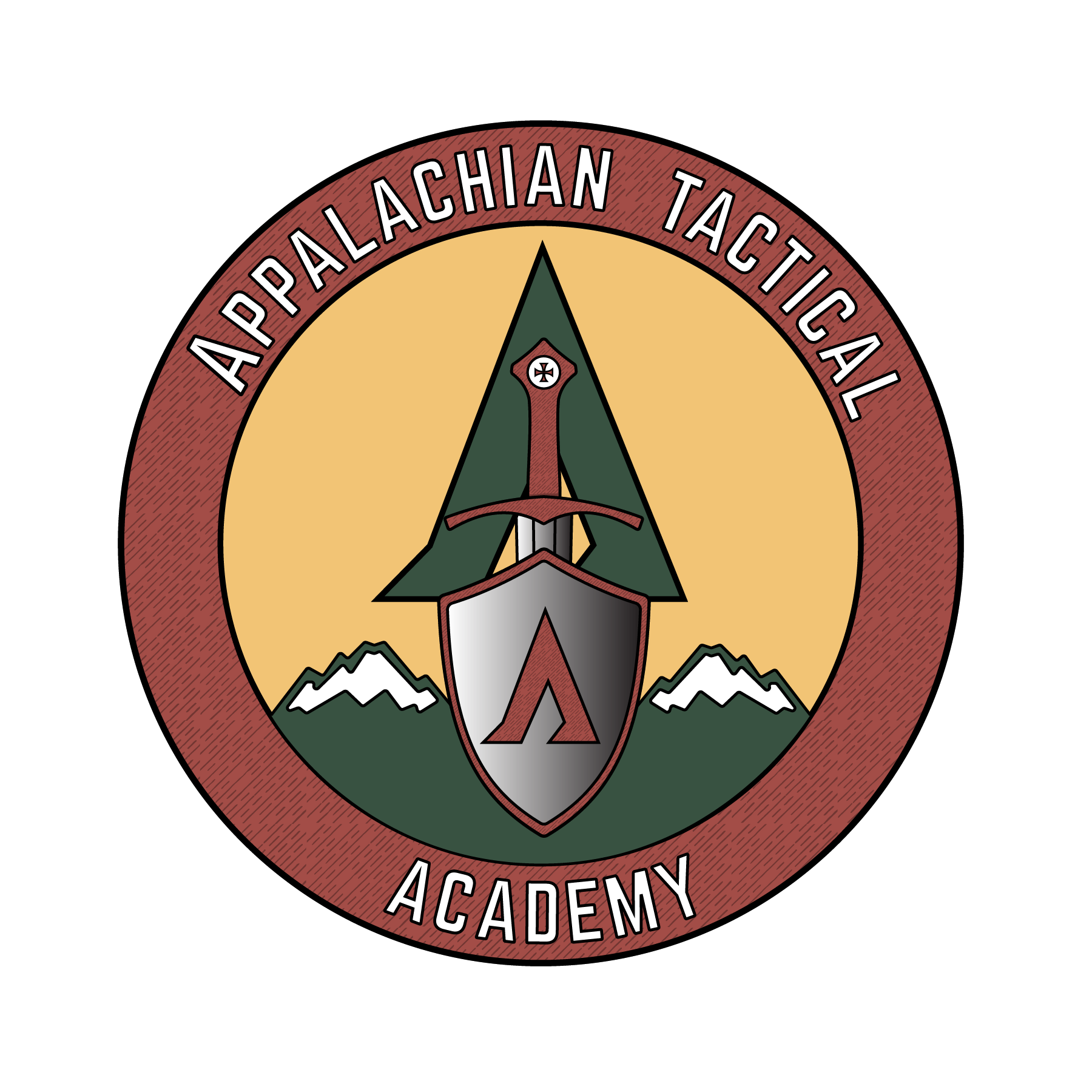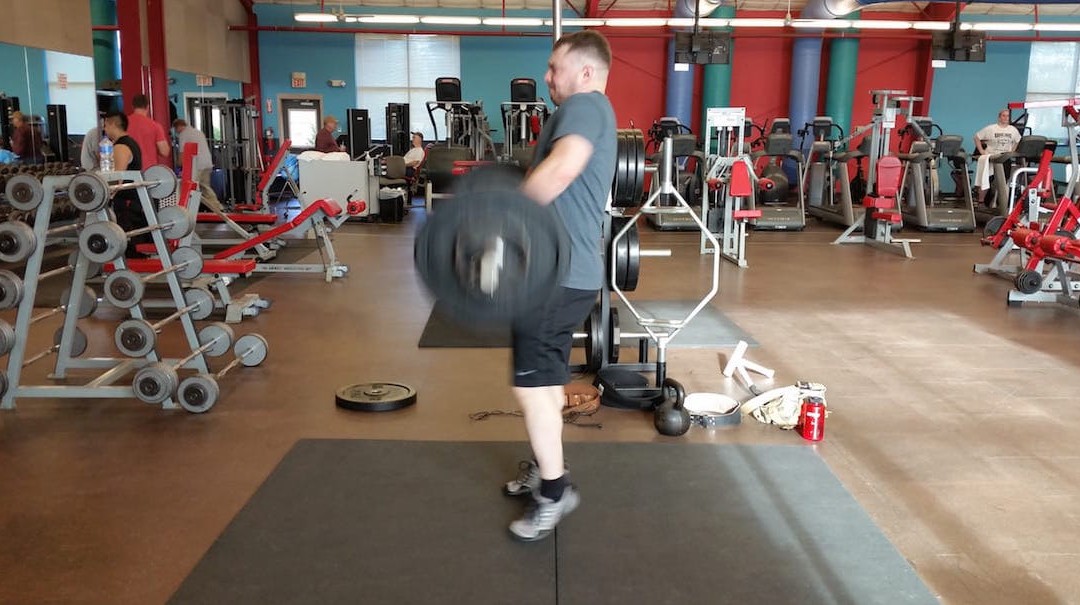This post is part of the Basic Training series. In this series, I lay out a roadmap to success for the armed citizen seeking tactical training.
Basic Training: Where Do I Start?
Basic Training: Get Your Priorities Straight
Basic Training: Get Your Mind Right
Basic Training: Harden Your Body (Part 1)
Basic Training: Harden Your Body (Part 2)
Basic Training: Tactical not Tacticool
Basic Training: Become Technically Proficient
Do you know what the number one leading cause of death is for firefighters in the line of duty? Maybe you would guess smoke inhalation or burns, but you would be wrong. Okay, next on the list would probably be structural collapses, right? Wrong again. What about falls from ladders or buildings? Other accidents like motor vehicle collisions, runaway chainsaws, or electrocution? No, no, no, and no.
In 2012, 82 firefighters died in the line of duty. 45% of them died from what essentially amount to heart attacks. Let that sink in for a second. In the line of duty, the leading cause of firefighter fatalities is heart attack, and it absolutely blows away the competition by accounting for nearly half of those line of duty deaths. So think critically about what that means: in nearly half of all firefighter line of duty deaths, the cause root cause is essentially a lack of physical fitness.
So why am I talking so much about firefighters? This is a blog about self defense, gunfighting, and survival, right?
I’m talking about this because we, as armed citizens, are like firefighters in that we are training for events that are extremely taxing both physically and mentally. Fights are not “easy”. You can’t count on always just skinning your smokewagon and calmly ventilating evildoers. Whether you’re in a fistfight, knife fight, gunfight, or catfight, the important point to understand is that you are in a fight. Don’t think about some martial arts movie fantasy. When you picture a fight, picture yourself going all-out for a few seconds, like this (NSFW for explicit language, fast forward to 1:19 for the fight):
Remember: Fights are extremely exhausting, both physically and mentally. Whether you’re in a knock-down, drag-out fight for your life, or you’re buddy-rushing 300 meters to destroy an enemy squad, fights will test your mental and physical fitness. Don’t be like the half of firefighters who die in the line of duty: don’t let your physical fitness be what fails you.
What Kind of Fitness is Needed?
There are many different aspects and expressions of fitness. Many people would suggest that runners are perfect specimens of physical fitness with their lean builds and high levels of endurance. Others think of bodybuilders when they think of the physically fit; their size and strength certainly seem to indicate health. Maybe you have another example in mind, like football players, sprinters, gymnasts, or martial artists.
The truth is that each one of those above-listed athletes represents some of the different aspects of physical fitness. For our purposes, though, we want to avoid overspecialization. In the world of armed survival, we don’t know whether we will need to drag a heavy friend out of a kill zone, manhandle an attacker, sprint 300 yards as fast as possible, or run 5 miles. Remember what Robert Heinlein said about specialization:
“A human being should be able to change a diaper, plan an invasion, butcher a hog, conn a ship, design a building, write a sonnet, balance accounts, build a wall, set a bone, comfort the dying, take orders, give orders, cooperate, act alone, solve equations, analyze a new problem, pitch manure, program a computer, cook a tasty meal, fight efficiently, die gallantly. Specialization is for insects.” -Robert Heinlein, Time Enough For Love
The type of fitness we are after is General Physical Preparedness or GPP, as we will call it. GPP consists of three major components, in my estimation:
- Strength: The first, and arguably most important component of GPP, is a high level of strength. All other things being equal, the stronger you are, the easier life becomes. Heavy weights feel light, stronger opponents feel weaker, and your own bodyweight becomes more easily handled.
- Conditioning: This refers to your endurance and work capacity. Endurance is your ability to go for a long time at a steady state of relatively low intensity, while work capacity refers to your ability to put out near-maximal efforts for as long as possible. You can think of conditioning as cardio, if that helps.
- Durability: Ever meet the athletes with nagging injuries that they just can’t seem to heal? Not suffering from injuries and pain is what I mean when I talk about durability. Durability includes flexibility, mobility, agility, and all the other -ilities that make you harder to injure.
A well-designed Physical Training (PT) plan should develop all three of these areas of your GPP.
But What About Nutrition?
I need to disclaim a few things right now: I’m not a nutritionist or a physical trainer. Heck, I didn’t even stay at a Holiday Inn Express last night. I’m just a guy that has been a student of physical fitness since about 2004. Like most people, I’ve come to understand that there are two major components at work when it comes to your physical fitness: diet and exercise.
Many will tell you that the most important component of physical fitness/health is your diet. (Note that I’m not talking about fad diets; when I say “diet”, I mean the daily decisions you make about your nutrition – the food you regularly consume.) I used to call BS on this because in college I could eat whatever disgusting junk food I wanted and still perform at an extremely high level, physically.
Well now I’m 30 years old, and I still perform at a fairly high level, but I can’t just eat whatever I want to anymore. Gaining weight is getting easier and easier for me to do, while maintaining a healthy weight is getting harder and harder. On top of that, eating right is really my achilles heel when it comes to physical fitness: I just love to eat.
Despite the fact that it’s my weak point, I still need to address it here. There are countless diets out there that you could be on: The Paleo Diet, the South Beach Diet, the Abs Diet, Intermittent Fasting, Low-Carb, No-Carb, etc. What I will tell you is that none of that stuff really matters. There is research to both back up and shoot down all of those diets. If one of them works for you, then great! Stick with it. The discipline to stick with your nutrition plan matters a lot more than the specific method you choose.
What I’m going to tell you to do instead is follow these three simple rules for healthy eating. I hate counting calories. I hate feeling like I have to abide by so many rules that I must seek atonement for the most minor transgression. I also hate having my food choices rule my life. So here you go, here are my three rules for healthy eating:
Josh Bales’s Three Rules for Healthy Eating
- You know when you’re eating junk food: If you’re an adult, then you know what junk food is. Just don’t eat it. If you don’t know what junk food is, then allow me to give you some examples:
-Anything that travels through a drive-through window.
-Almost anything that comes in a box, bag, or other plastic container (highly processed foods).
-Chips, cookies, crackers, ramen noodles, candy, donuts, cakes, etc.
-Junk carbs: the stuff listed above, large amounts of white bread, potatoes, sugar, etc.
-Drinks with calories: pop/soda, Kool-Aid, fruit juices, etc.So what’s not junk food? Pretty much anything else: meat, vegetables, non-“white” grains and carbs like brown rice and whole-wheat bread, beans & legumes, fruits, oils (some are healthier than others), dairy, etc.
Some may disagree with my descriptions of what makes up non-junk foods (specifically dairy and brown carbs), but who cares? As long as you cut out the rest of the junk and abide by the next two rules, you should be fine.
- You know when you’re eating too much: Don’t be like comedian Louis CK when he says, “I don’t stop eating when I’m full. The meal is not over when I’m full! The meal is over when I hate myself – that’s when I stop.”
You know how much is too much. Just eat what you need and then stop. Don’t think too much about the whole bodybuilder thing where you’re supposed to eat six small meals vs. three bigger meals. Just don’t overeat. Sit down to have a meal, eat an amount that doesn’t make you miserable, and then stop eating. Also, drink lots of water.
This might sound a little blunt, but you know what’s a great way to gauge how much you’re eating day-to-day? How much you poop. Seriously, I’m not just being crass or making a joke right now. If you go for one good dump per day (or less), then you’re probably not overeating. If you have go several times per day and/or they’re always pretty big, then you’re probably eating too much.
- Follow the first two rules at least 80% of the time: We’re human beings, not robots. Sometimes you just want pizza, and that’s fine. Unless you’re trying to compete in bodybuilding competitions, or you’re some sort of professional athlete, then I just don’t see the need to restrict yourself all the time.
It’s also just really hard to completely cut out all junk food. In our modern society, that kind of stuff is cheap and plentiful. When you’re out and about with no real time to cook or be particularly choosey, you just go with what you have available. Do your best to stay really strict on this 80% thing, though; try to limit yourself to no more than two “cheat meals” per week. Even when you do get off track, try not to go all the way off the track. If you normally eat a whole pizza when you decide to “cheat”, then maybe just eat half a pizza instead.
End Your Dependence on Foreign Substances
Another key component in developing fighting fitness that is closely tied to nutrition is this: you need to end your dependence on any foreign substances that can go in your body. Do you smoke, dip, or chew? Are you a functioning alcoholic? Do you get headaches when you go too long without caffeine?
That crap is weak.
Whatever it takes, you need to end your dependence on that garbage and get clean from it. I don’t care what you say – take a smoker and pit him against himself after quitting smoking and see the difference for yourself. Seriously – why would you spend all that money to acquire guns, gear, and training, as well as all that time and effort eating right and exercising just to crap all over it by smoking? End your dependence on that trash.
Until Next Time
I’m running late for the gym, so that’s probably enough for now. We’ve talked about why you need to be physically fit, what kind of physical fitness we’re looking for, and how diet plays into your overall physical health. Next time, we are going to actually go into detail on how to design a PT plan to develop all components of your GPP.
Until then, start working on your diet and think about how where you can make that time for PT. Me, I gotta go pick up some heavy things and then set them back down.
-Josh


